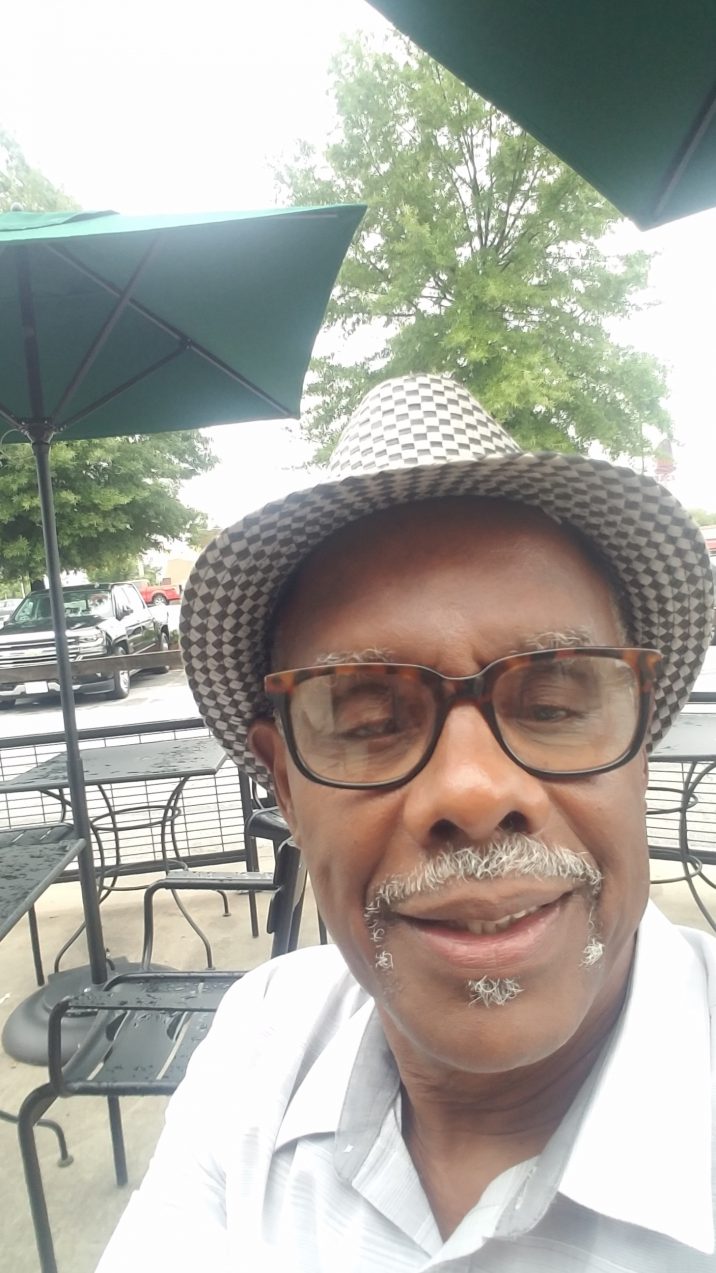

Let’s pick up where we left off with “Breaking the cycle of racial conditioning,” part one, by working the iceberg in a racial context.
Above the waterline we see indications of gender and race– Asian, African American, white, Latinx, etc. We also see physical characteristics – skin color, weight, hair style, etc., and hear accents and languages. Now on one hand people are treated differently based on any or all of those characteristics, i.e., reactions to their accent (Southern, Boston, New York, British, etc.). On the other people sometimes unfairly stereotype other people based on those characteristics.
But what we do not see are those characteristics below the surface. For example,
we do not see a person’s exact age, life experiences, sexual orientation, faith, values, political affiliation, economic status, invisible disabilities, etc., unless they communicate that to us.
My point is that because of what’s below the surface, we don’t see our commonalities and mutual interests given the blinders that race in America has straddled us with, the stuff that divides rather than unites us. What happens is “protective hesitation” when matters of race come up. So often we don’t talk about race for fear of not knowing how to about race. And we can say the same thing about other thorny issues.
Which brings me to an experience that occurred years ago, one that I remember as if it happened yesterday.
You see, I was asked to attend a workshop for twenty-five white male managers, most of whom I’d known for quite some time, to help increase their awareness of “diversity,” racial diversity in particular. But because of a traffic jam, I arrived 15 minutes after the session started.
Now as I approached the room where the workshop was taking place, I heard lots of chatter and laughing by the men inside. But as soon as I walked in, things came to a halt, a surprise to me since I’d been in meetings with these guys many times over the years.
Aha, I quickly surmised that the combination of the workshop’s focus on race
and my presence as the only Black person in the room may have been underlying
factors at play. But I still was not sure and decided to break the impasse.
“Okay guys, would you be more comfortable talking about these issues without me in the room?” After a short uncomfortable pause, the group’s leader broke the silence with, “Of course not Terry, we want you here.” Others in the room nodded in what felt to me like contrived agreement.
Okay, let’s fast-forward to years later when as a white college student, Phyllis Unterschuetz, co-author of “Longing Stories of Racial Healing,” found herself in a dormitory room with a group of African American women when a heated discussion of “Black power” came up.
“I asked if they would be more comfortable if I left the room?” One of the girls said, “No, of course not. Stay right where you are. We don’t see you as white anyway. “Said Phyllis, “I really didn’t know what she meant by that, but it made me feel good, included and safe.”
Humm, given my interest in flipping the script for teachable moments, I shared this scenario with three Black women, but with an added twist. “If you found yourself as the only African American in a roomful of whites and offered to excuse yourself when debates about race came up, how would you respond if one said, “no, please stay because we don’t see you as Black anyway?”
“I’d damn sure not feel good, included and safe,” said one.
“Hey, that’s happened to me many times before and here I am years later still angered by it,” said another.
Said another with a laugh, “Terry, this reminds me of one of those “some of my best friends are Black” moments. Years ago, ‘compliments’ like these would have upset me, but since then I’ve learned to set aside their impact on me and consider their intent. These are teachable moments, especially when I know that often people have a good heart and do not mean to offend when they say these things.”
Now given the completely different responses to the “we don’t see you” comment, as a white person reading this, how would you explain those two different responses to another white person? And if you are a person of color reading this, how would you explain those two different responses to another person of color?
Now (smile!) while you may be grappling with those questions, let’s step back to our iceberg and go below the surface, shall we?
Along the journey you’ll pass other identities that comprise individuals. Look for points of commonality. Seize opportunities to learn about those identities that are suddenly visible. Like grapes on a vine, they’re there for the taking. Once there, fears and apprehensions will melt away, trust increases, mutual exploration begins and, over time, conditions become ripe for exploring the possibilities for breaking down racial and other barriers.
As American novelist William Falkner once wrote, “You move a mountain one
stone at a time.” Similarly, to break the cycle of racial conditioning, you do so one relationship at a time…. one trip below the surface of the iceberg at a time..
I’ll leave you with this point to ponder: The best time to develop a relationship with someone different from you is not when you need to…but when you don’t!
Enjoy the ride.
© Terry Howard is a trainer, an award-winning writer and storyteller. He is also a contributing writer with the Chattanooga News Chronicle, The American Diversity Report, The Douglas County Sentinel, Hometown Advantage News,
Blackmarket.com, co-founder of the “26 Tiny Paint Brushes” writers’ guild,
recipient of the 2019 Dr. Martin Luther King, Jr. Leadership Award, and third place winner of the 2022 Georgia Press Award.

